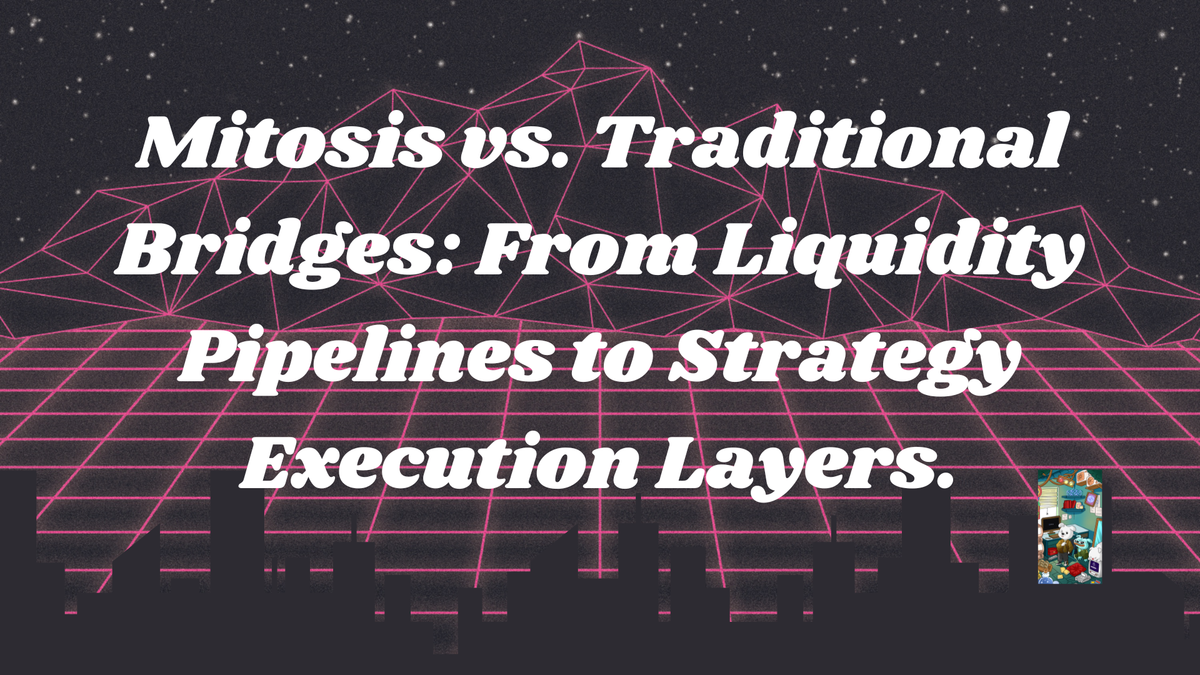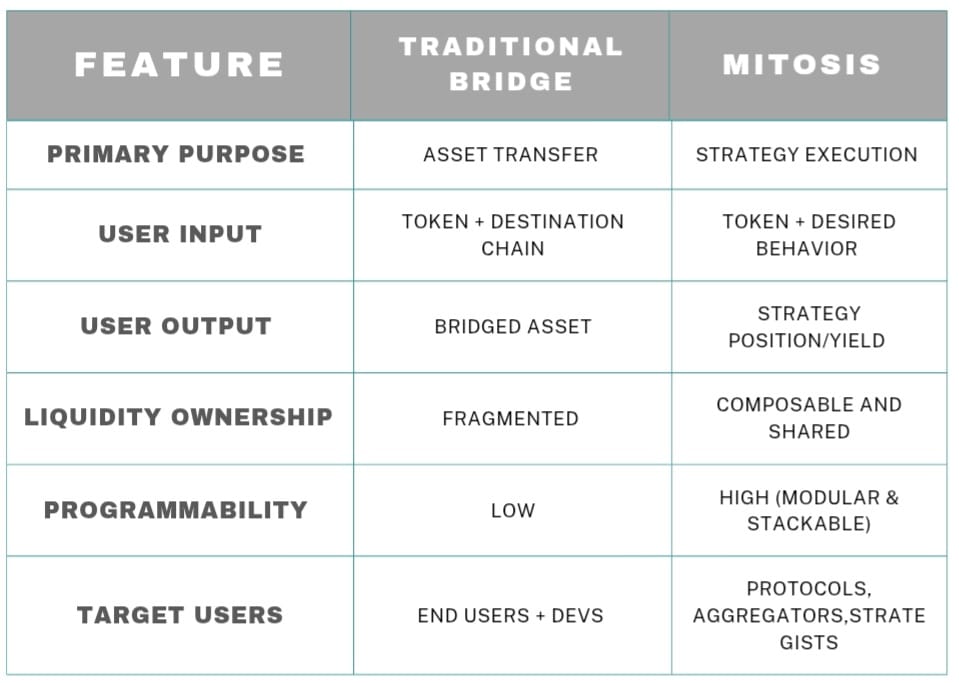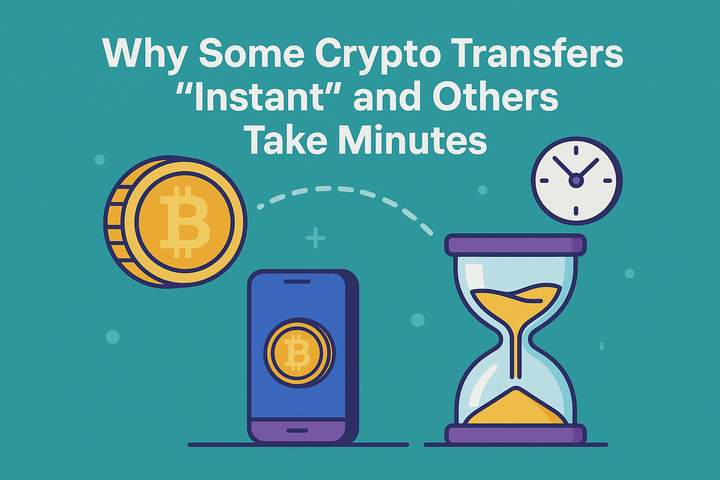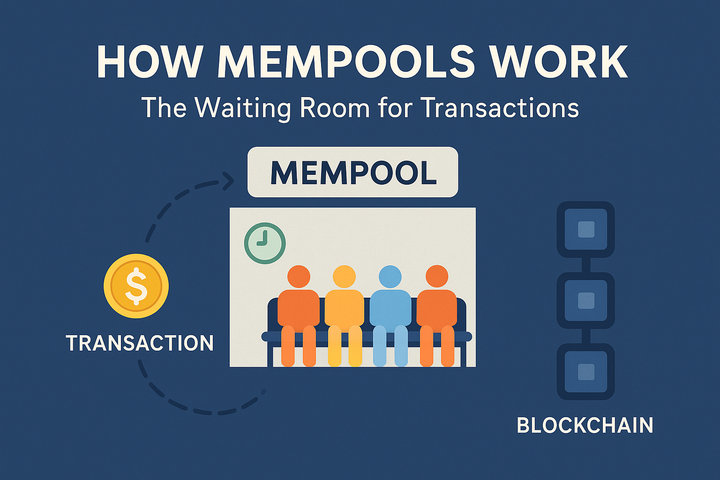Mitosis vs. Traditional Bridges: From Liquidity Pipelines to Strategy Execution Layers

Not all bridges are built the same. Some move tokens. Mitosis moves token plus ambition. While traditional bridges are focused on asset transfer, Mitosis is building a cross-chain strategy layer where liquidity doesn’t just travel, it executes. Let’s break down the difference. 1. What Traditional Bridges Do (and Don’t Do)
Traditional bridges act like token teleporters: -Lock tokens on one chain -Mint or release them on another -Maybe slap on some message-passing They solve the “how do I move my assets?” problem. But they ignore the “why am I moving them?” problem. That’s where the value gets lost. 2. Mitosis Solves for Intent, Not Just Transfer:
Mitosis isn’t trying to be a faster bridge. It’s a new paradigm: -Users don’t move assets they deploy strategies -Protocols don’t integrate chains they plug into a unified liquidity mesh Liquidity doesn’t just exist it shows expressivity. This is intent bridging a system where liquidity knows what it wants to do, and the network makes it happen
3: Architecture Comparison

4. Why This Matters for the Future
Cross-chain isn’t just a routing problem it’s a design space. And Mitosis is the first to treat it that way. Traditional bridges will always be bottlenecks: >Limited logic >Security risks >Dumb pipes Mitosis offers: -Composable endpoints -Programmable liquidity -Protocol-native coordination It’s the difference between sending money to a bank and deploying it into a trading strategy. One is passive. The other is powerful. In Summary:
The age of dumb bridges is ending. The age of intelligent liquidity layers is beginning. Mitosis doesn’t replace bridges. It replaces the need for them by letting strategies move, not just tokens. In the multichain world, strategy is the product. And Mitosis is the protocol that makes it portable.
Check out this official links:
◇ Mitosis University ◇ Explore Mitosis Now ◇ Mitosis Documentation blog ◇ Join the Mitosis Discord Community ◇ Follow Mitosis on Twitter (X)



Comments ()